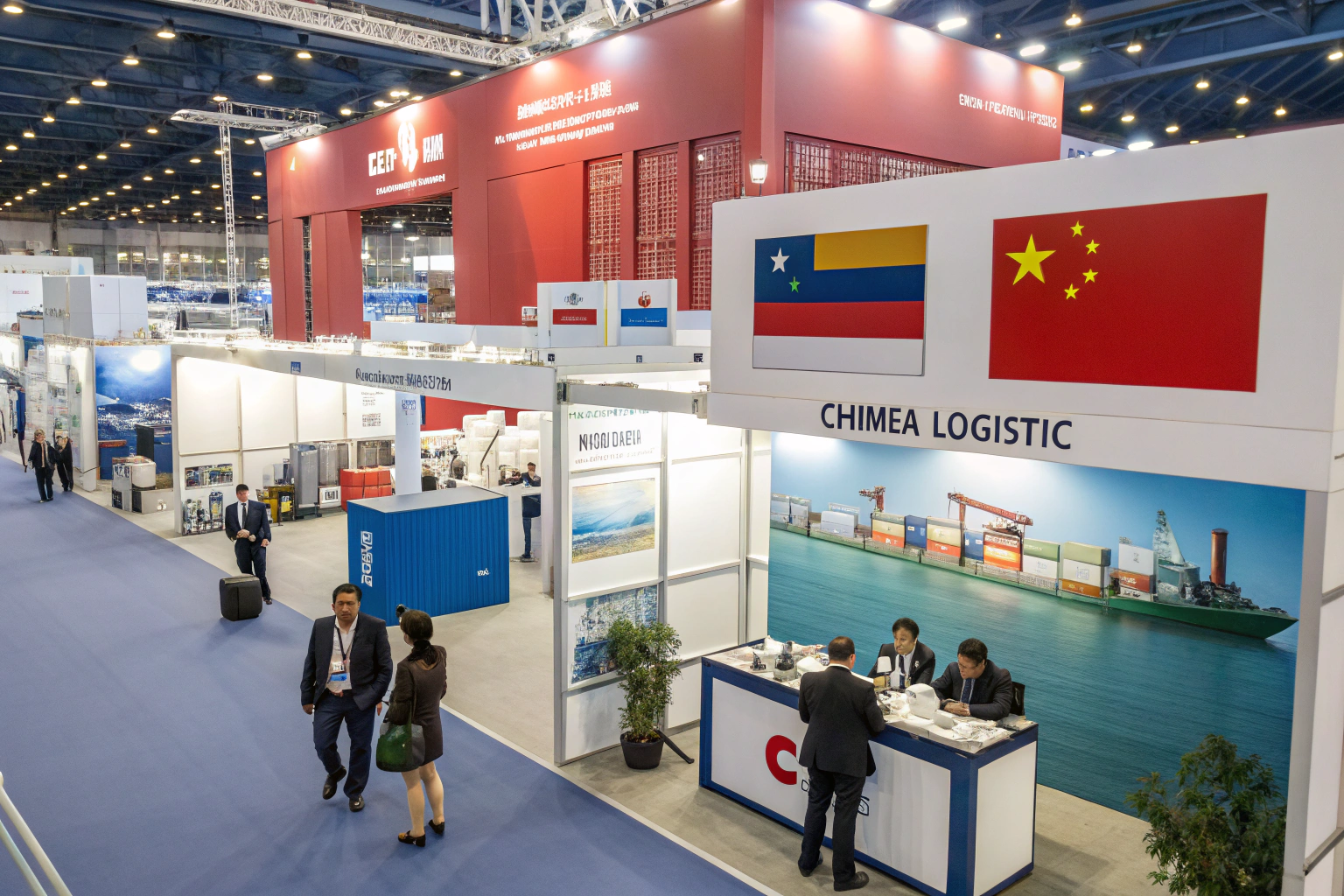Global trade shows have always been hotspots for sourcing deals. But with tariff volatility reshaping supply chain strategies, U.S. buyers are reassessing where and how they source. Recent tariff hikes on certain trade corridors, like India–U.S., have made China–U.S. logistics routes more appealing — especially for importers seeking cost stability.
Why Tariff Changes Impact Trade Show Decisions
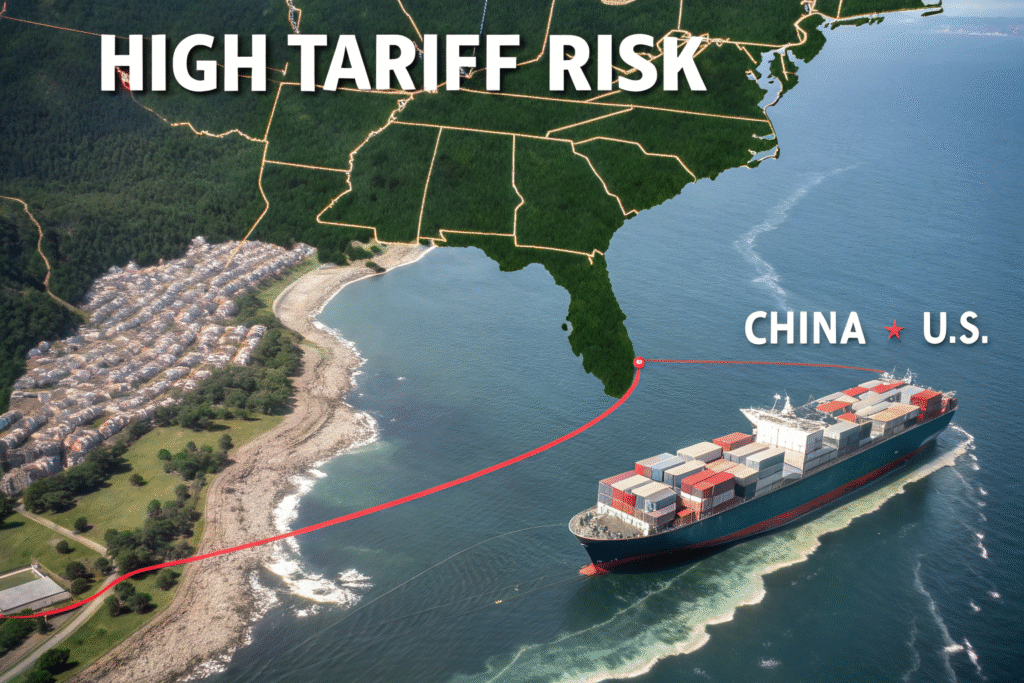
Sourcing Beyond Just Price
Tariffs don’t just affect landed cost — they influence:
- Negotiation leverage at trade shows.
- Lead time commitments from suppliers.
- Shipping schedules and carrier allocation.
For example, a 12% tariff hike can erase the cost advantage negotiated at the booth, making freight strategy as important as product selection.
China’s Advantage in Uncertain Times
With established carrier networks and competitive ocean and airfreight rates, China remains a reliable sourcing base when tariffs disrupt other regions.
Integrating Logistics Planning Into Trade Show Deals
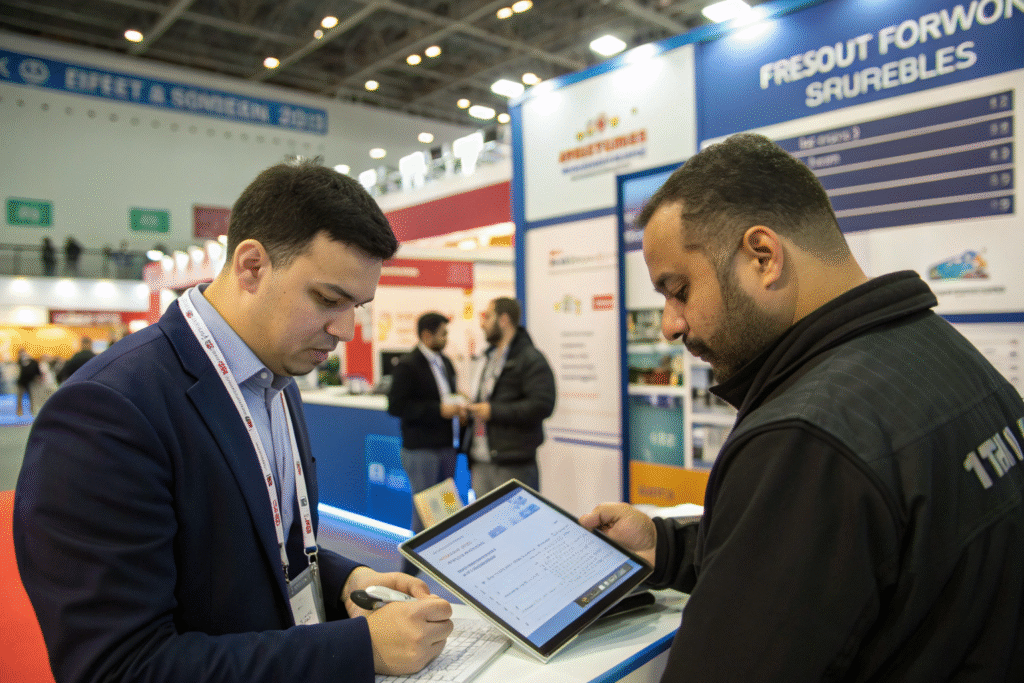
Many U.S. importers treat logistics as an afterthought after a sourcing trip — but in volatile tariff environments, logistics strategy needs to start at the booth.
- Lock in FCL contracts with reliable carriers during show season.
- Ask suppliers about consolidation hubs for LCL shipments.
- Negotiate DDP pricing for predictable landed costs.
LCL & FCL Strategy Post-Trade Show
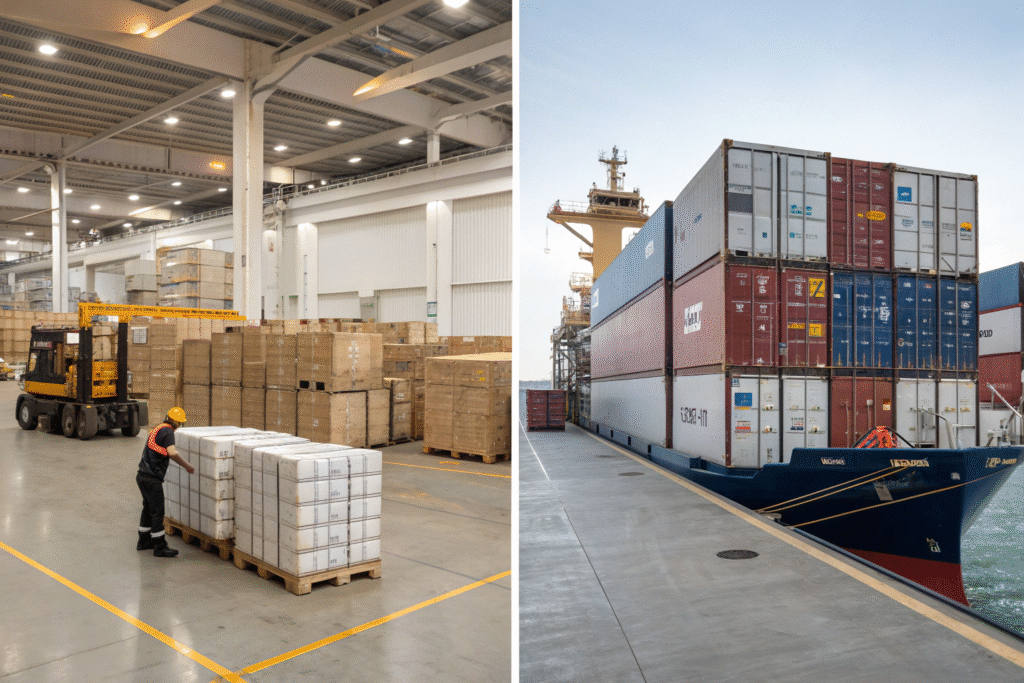
- LCL: Perfect for smaller, mixed orders from multiple trade show suppliers.
- FCL: Best for bulk commitments from one or two suppliers, locking in lower per-unit shipping costs.
Mixing both methods can balance cash flow and delivery speed.
The Role of DDP in Mitigating Tariff Surprises
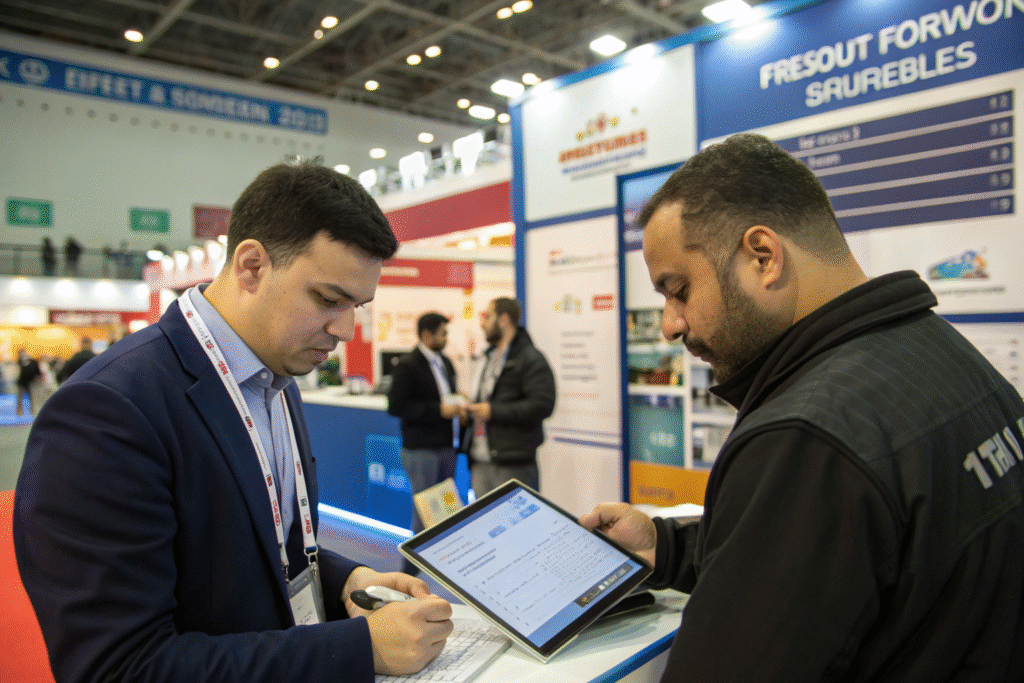
Delivered Duty Paid (DDP) service means the supplier or forwarder covers all import duties, making tariff changes irrelevant to your final bill. For trade show purchases:
- No surprise cost escalations after the deal.
- Faster customs clearance.
- Simplified accounting with single-invoice transactions.
Final Takeaways for Trade Show Buyers
- Plan logistics during supplier selection, not afterward.
- Leverage China’s stable ocean and airfreight capacity to offset tariff risks elsewhere.
- Use LCL for flexibility and FCL for volume rate stability.
- Consider DDP agreements to shield against sudden policy shifts.
With trade shows offering endless supplier options, integrating logistics early ensures your sourcing wins aren’t wiped out by post-event shipping shocks.
